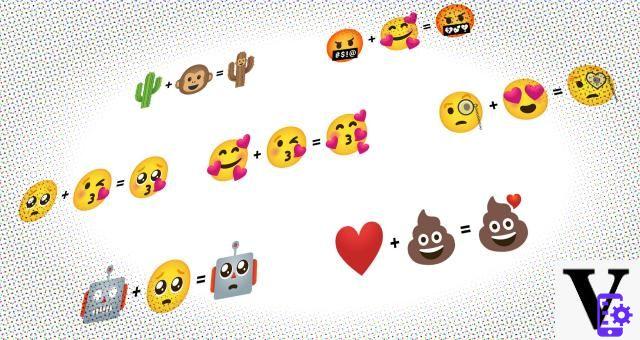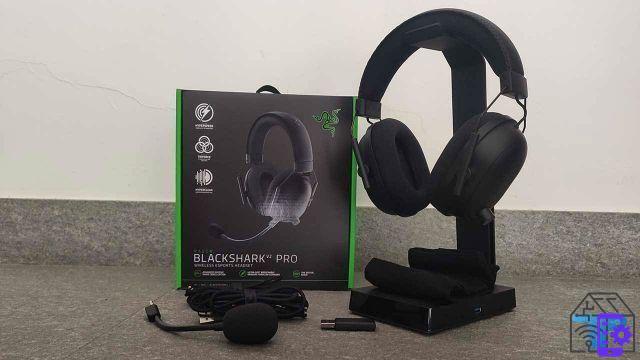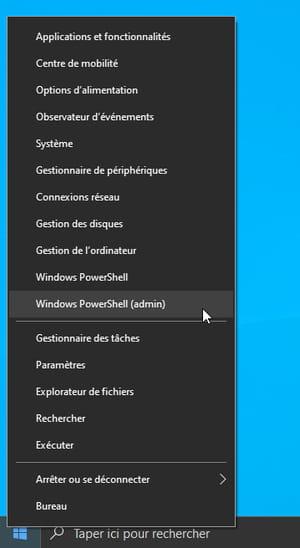You have just passed the practical driving test and, before getting into the car, the theoretical notions related to restrictions for novice drivers, valid in the first years of driving license. Power / weight ratio, displacement, speed limits, penalties ... how many things to remember. Don't worry, when you approach driving for the first time, you are always a bit confused. Maybe that's exactly why you ended up here, reading our article by Auto For Dummies dedicated to all the limitations for novice drivers. Rules and false myths to dispel await you in our post. You are ready? Stick the P on the rear window and let's go!
- What does new driver mean?
- The limits for new drivers: when they were born and why
- Power limitation for novice drivers
- New drivers: car displacement
- New drivers car dimensions and false myths
- Car for novice drivers: how to know if a vehicle is suitable
- Restrictions on alcohol consumption
- Exemptions and other limitations
- What do I risk if I don't respect these rules?
- The penalties for new drivers: double sting!
- What are the best cars for novice drivers?
What does new driver mean?
The Treccani Encyclopedia reports: "young driver adj. and sm (f. -a) [comp. of neo- and licensed]. - Who, or who, has recently obtained a driving license, therefore inexperienced in driving. "
When we talk about new drivers, we are therefore talking about the temporary condition of those who have just obtained a driving license, which lasts, according to Italian law, for three years. This means that a driver is defined as a novice driver in the first three years of possession of the license. At the end of this period, you are just a driver or simply "licensed".

Obtaining the driving license obviously requires the age of majority, which in Italy we remember reaching 18 years. However, not only 18-year-olds are new drivers: this term and the rules related to it apply to anyone taking their driver's license for the first time, at any age. For example, if your grandmother were to decide at 70 to get a driving license, she too would be a new driver, although she does not lack wisdom and experience in other fields.
The limits for new drivers: when they were born and why
However, new drivers are usually young, always inexperienced and often led to error out of enthusiasm or inexperience. For this reason, over the years there have been attempts to insert gods limits for newcomers to driving, both in terms of speed and in terms of power and displacement of cars.
After years, indeed, decades of discussions, drafts and bills, the February 9 2011 there was the entry into force of limits for new drivers, to be precise we are talking aboutArticle 117 of the Highway Code. We are going to analyze them one by one now, but first let's ask ourselves a question: because?

Why are new drivers subject to even quite important limitations? The theory behind these limitations is that they limit vehicle power, top speed, and other similar measures reduce the possibility for inexperienced drivers to create danger for themselves or other road users.
A less powerful vehicle is also easier to drive, more difficult to "run" and ultimately safer. We know this narrative isn't always true, as often the safest cars are also the most modern, and often slightly more powerful than the maximum limit set by the law, but in general it is a sharable concept. In addition, this would also help novice drivers with car running costs, which are lower for low-powered cars. Finally, entering limitations creates a safer environment for inexperienced drivers, which will thus have the opportunity to "gain experience" without pressure. This in our opinion is the thinking behind the birth of these measures. We may or may not agree with the actual implementation of this concept, but the basic idea is certainly a good one.
Power limitation for novice drivers
Let's start then to tell the limits for novice drivers, starting with the most important and demanding one to follow, that is the power of the car. According to article 117, in fact, new drivers are obliged to use only for the first year of driving license cars with a power of 70 kW or less, or 95 hp.
A fairly severe but understandable limit, which however is reinforced by a real "sting": the power / weight ratio. It is not enough that the car has a power equal to or less than 95 HP, it must also have a power / weight ratio of 55 kW per ton. We are therefore talking about 75 HP for every 1000 kg of car weight. However, the weight of the car is considered in running order, or with driver on board.

This limit, however, is quite severe, since often the less powerful cars and more suitable for a novice driver are light and simple, that is with a weight decidedly less than 1000 kg. This has at times led to “bids” on cars that are perfect for novice drivers such as Toyota Aygo or different versions of FIAT Punto, Lancia Ypsilon or Ford Fiesta, very popular cars and never “very powerful” or dangerous.
So to recap the limit is only on the power and weight of the car: 95 hp of maximum power, and a maximum power / weight ratio of 75 hp / ton. Power limitations last just one year, and not three years as we often hear. At the end of the “apprenticeship” year, you will be able to drive as many cars as you want without limitations on power or weight.
New drivers: car displacement
A lot of people believe that there are limits for novice drivers starting with displacement of the vehicle. This is a cultural heritage dating back to the last 50 years, a period in which cars were considered, recognized and taxed according to the engine capacity. FIAT cars were called until the 70s on the basis of their displacement, such as FIAT 500, 600, 1100, 1500, 2300 ... all acronyms that immediately made one understand the displacement, and the price level and therefore the social extraction of the owner.

However, this "displacement-power-cost-performance" ratio became obsolete as early as the 80s, while today with the arrival of modern and turbo engines it is now as out of fashion as bell bottoms. Now the displacement matters very little, especially after the advent of turbochargers and three-cylinder engines.
Reasoning in "displacement" is therefore a gross error, since now a large displacement no longer rhymes with so much power: there are 1.6 or 2.0 engines that outperform 3.0, 4.0 or even 5.0 engines. A fortiori, in the world of small cars, displacement matters little. The 1.0 three-cylinder engines are now depopulated, and the turbo versions of these engines easily exceed 100 HP, so much so that cars that can be driven by novice drivers have larger displacements than the top-of-the-range versions.
When your aunt asks you if "her 1400 car is good for my nephew nephew" remember that displacement counts for limitations as much as color or number of doors. It is now only a number, a characteristic, not a discriminating factor.
New drivers car dimensions and false myths
“I can't drive too big cars”… is it true? Another "false myth" is that new drivers can only drive small cars, within certain length or maximum weight values. Nothing could be more false in this case too. The limit on cars that can be driven in the first year of driving is about only and exclusively the power of the engine and the weight of the machine, not its dimensions. If the car has less than 95hp and meets the 75hp / ton limit that's fine, the rest doesn't matter, even if it is more than 5 meters long.
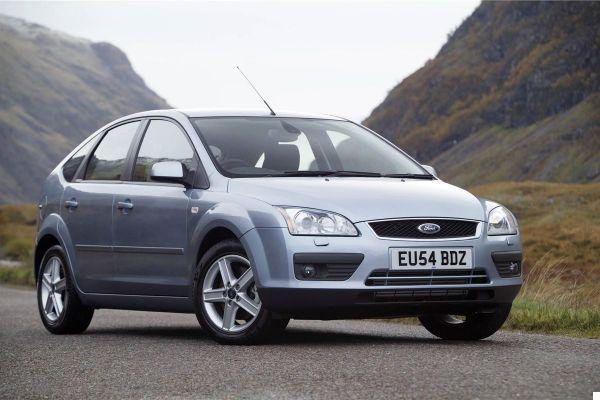
Indeed, the bigger a car, the heavier the weight, and therefore the more likely it is to find “suitable” cars. I'll give you an example: one medium sedan with a 90 HP engine it weighs an average of 1200 kg, a weight that brings it to a power / weight ratio of exactly 75 HP / ton. A Ford Focus 1.6 TDCi or a Peugeot 307 2.0 HDi, both with 90 HP, are perfectly suited to driving as a novice, despite the fact that they are also dedicated to the family.
Car for novice drivers: how to know if a vehicle is suitable
know if the car you have at home or you want to buy is suitable for the first year of driving license, you can have it three possibilities. One applies to all cars released after 2011, while the second option applies to all cars in this world. The third is based on our best friends, smartphones.
First, it is important know if the vehicle meets the limit of 70 kW or 95 hp. To be 100% sure, just look at the vehicle registration document. To the point P.2 in fact, on the second page of the registration certificate the maximum power of the car in kW. If the number indicated in point P.2 is equal to or less than 70, you are already on the right track.
To find out if the car can be driven by novice drivers in terms of power-to-weight ratio, there are three options.
1. Reading the vehicle registration document (for cars less than 10 years old)
All cars registered after mid-2011, therefore after the entry into force of the restrictions, they clearly printed the power / weight ratio in the booklet. You can find it on the third page as "power / tare ratio". Here the ratio of the engine power to the weight of the machine in kW / t will be clearly indicated. If this value is equal to or less than 55 kW / t the car can be driven by novice drivers. If not… no.
2. Doing the calculation manually
However, if the vehicle you are evaluating or that you have at home has more than 10 years, this wording will not be reported. To find out if the car is suitable for driving for novice drivers you will have to arm yourself with a calculator, a telephone or a PC and patience. The calculation to know if the machine respects the power / weight ratio is in fact very simple.
You have to go and find the curb weight of the car that interests you on the official website of the House or on the various specialized sites. At this weight, usually expressed empty, you will have to add 75 kg of "standard driver". At this point, you'll have to do a simple one division: maximum power of the vehicle in kW divided by the weight in tons in running order. “Weight expressed in tons” simply means that the weight with driver, for example 1100 kg, is to be considered in tons, or 1,100 t.
By doing the division, you will get a result that hopefully is less than 55 kW / t: if so, the machine is suitable! Yeeee!
3. Through the iPatente application
However, there is one third way, even more immediate. Enough in fact download the iPatente app, the application dedicated to the management of your driving license and your vehicles. There is one in the app section dedicated to vehicle checks using the license plate number.
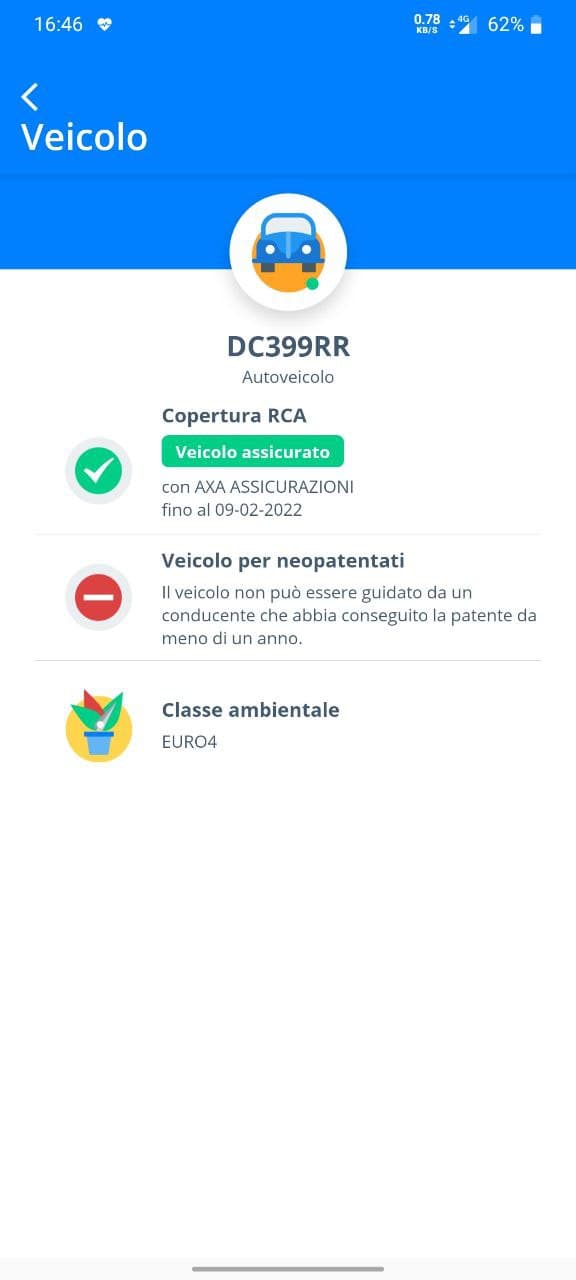
Just open the "iPatente" app, click on "Search" at the bottom right and then click on the screen that appears "Checks on the vehicle". At this point, that's enough enter the registration number of the car you are interested in and the unquestionable response. The service is free, managed and connected to the Public Automobile Register, which has the data of all cars registered in Italy. If this system tells you that the car is not suitable for novice drivers, it is.
 Download QR-Code iPatente Developer: Ministry of Infrastructure and Transport Price: Free
Download QR-Code iPatente Developer: Ministry of Infrastructure and Transport Price: Free
 Download QR-Code iPatente Developer: Ministry of Infrastructure and Transport Price: Free
Download QR-Code iPatente Developer: Ministry of Infrastructure and Transport Price: Free
Speed restrictions
We have talked so far about the most important limit "imposed" on new drivers, but as you certainly know it is not the only one. The other limits, however, last for the entire duration of the "novice license period", or three years, as opposed to the limitation of the power which, as mentioned, lasts only one year.

The first restriction concerns the speed. Speed limits for steering wheel newbies are lower, and quite a lot too. We talk about 100 km / h on motorways (instead of 130 km / h) and 90 km / h on highways and main suburban roads (instead of 110 km / h). On secondary suburban roads and cities, the limits are the same for all road users, including novice drivers.
Restrictions on alcohol consumption
Given the age in which a license is usually obtained, a limit on alcohol consumption before driving is sacrosanct, and rather severe. Indeed, very strict: in fact, for the first 3 years a novice driver can drive only and exclusively if the alcohol level in his blood is less than 0 g / l. Consequently, it is forbidden to drive after drinking alcohol in the first three years of driving.

There are no exceptions: there is no drunk tiramisu or a "nice" birthday party that holds, you cannot drink any type of alcohol before driving for the first 3 years. This would also be a good habit to maintain even after 3 years of obtaining the license: as World Champion Jackie Stewart said in an advertisement a few years ago, "When I drive, I never drink". When I drive, I never drink.
Exemptions and other limitations
While there are no exceptions in terms of speed and alcohol consumption limits, there is an exception for some categories. In fact, for new drivers with disabilities the power limit is not valid. This is because cars converted to use for disabled people usually have to be with automatic transmission or at least medium in size, in order to accommodate all the necessary modifications to use.

Furthermore, for hybrid cars only the combustion engine is counted, and not the overall power of the system. So if, for example, a Renault Clio Hybrid is capable of a total of 140 HP, the thermal engine delivers only 91 HP, and the weight exceeds 1250 kg. This makes it in all respects suitable for driving in the first year of driving. A classic cItalian avillo.
In addition, if after the B license you decide to obtain the C license, in that case you will no longer be considered a new driver. Speaking of heavy vehicles then, the limits for novice drivers are only partially reported on trucks. In fact, in order to be driven during the first year of driving licenses, work vehicles must comply only the power / weight ratio of 55 kW per ton and not the one on maximum power. This is because vans need powerful engines to be able to transport goods, and if a novice driver works with vans or vans they can do their job safely.
What do I risk if I don't respect these rules?
Obviously with the laws there are also penalties in case of transgression. Let's start with the limits of power. If a novice driver is found driving a car that exceeds the maximum power, the power / tare ratio or both parameters, he risks a lot.
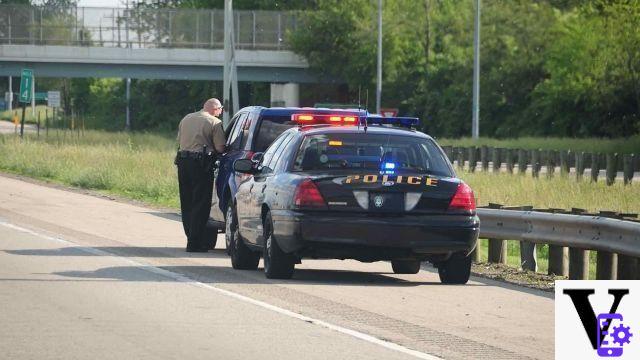
The "basic" administrative sanction involves the payment of one fine between 152 and 608 euros, but there's more. In fact, there is also an ancillary sanction that involves the ssuspension of the driving license from two to eight months. A nice "hit".
As for the other administrative and pecuniary sanctions, the risks are the same as those of an “expert” driver from an economic and legal level in the event of license suspension or revocation.
The penalties for new drivers: double sting!
What changes is the penalty at the level of points on the driving license. In fact, new drivers start from 20 points, and in the case of "good behavior", or the absence of serious infringements in a year, they are "Rewarded" with 2 points more on the driving license every year, twice as much as for an experienced motorist.
However, there is another juncture in which doubling is less convenient. In fact, if an infringement is committed that involves the deduction of points from the driving license, a novice driver is revoked twice the points provided for by the Highway Code. For example, if the speed limit is exceeded by 20 km / h, the CdS provides for a reduction of 3 points. However, if it is a novice driver who exceeds the limit of 20 km / h, the points removed become 6. So be careful with infractions: you risk running out of points very soon.
What are the best cars for novice drivers?
We have therefore analyzed everything related to "life" in the early years on the roads of Italy. Limits on potency, speed, alcohol consumption, penalties and exemptions. Now you are surely wondering what are the best cars for novice drivers around, right? As for used machines, a few months ago we created a guide where we listed ours 5 best cars for the "baptism of fire" under 5 thousand euros. For new cars, on the other hand, the appointment is next week, where we will see the 10 best cars suitable for novice drivers, always here at Auto for Dummies. See you then next Friday, same time, same place. Bye!
Don't miss the other episodes of Auto for Dummies!
The 10 longest-lasting and most durable engines in history
Car TPL guide: what is and what does TPL insurance cover / box] Tags new drivers limitations new drivers limits new drivers new drivers kw The limitations for new drivers: what they are and how long they last | Auto for Dummies





